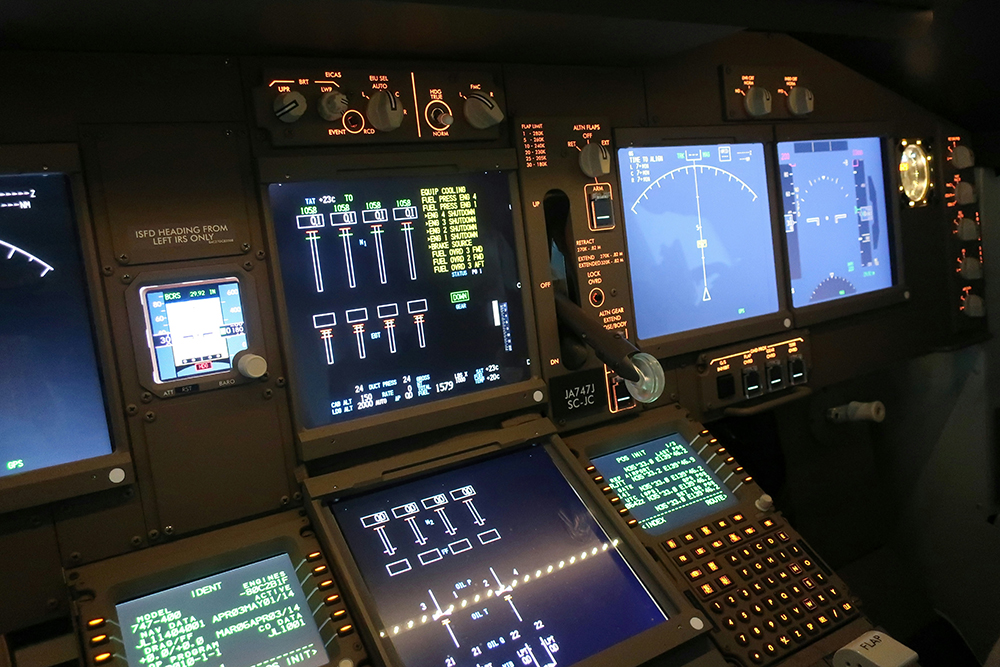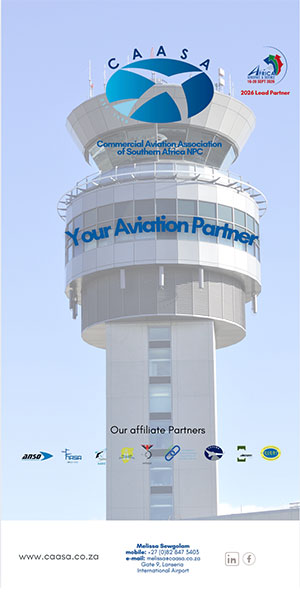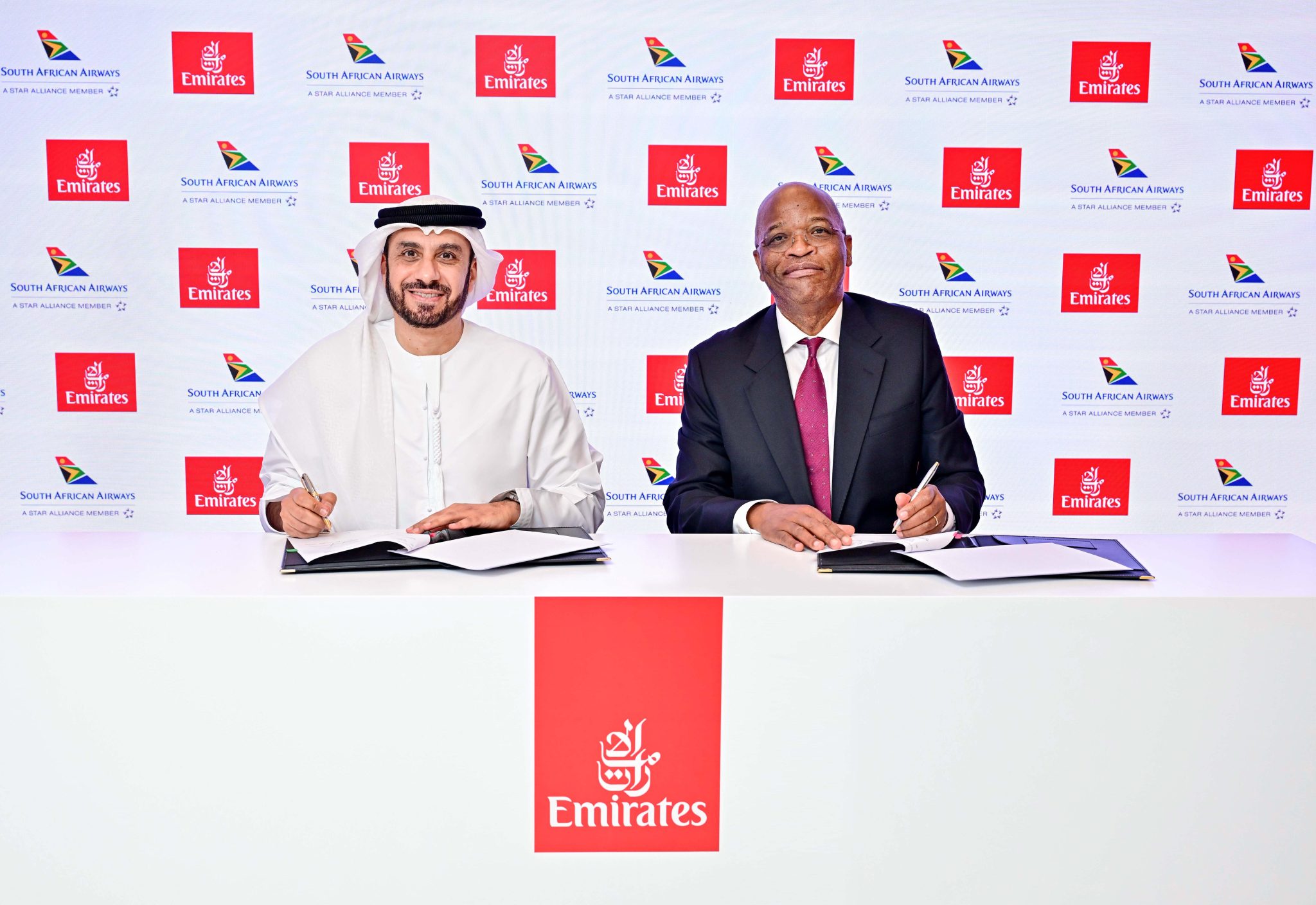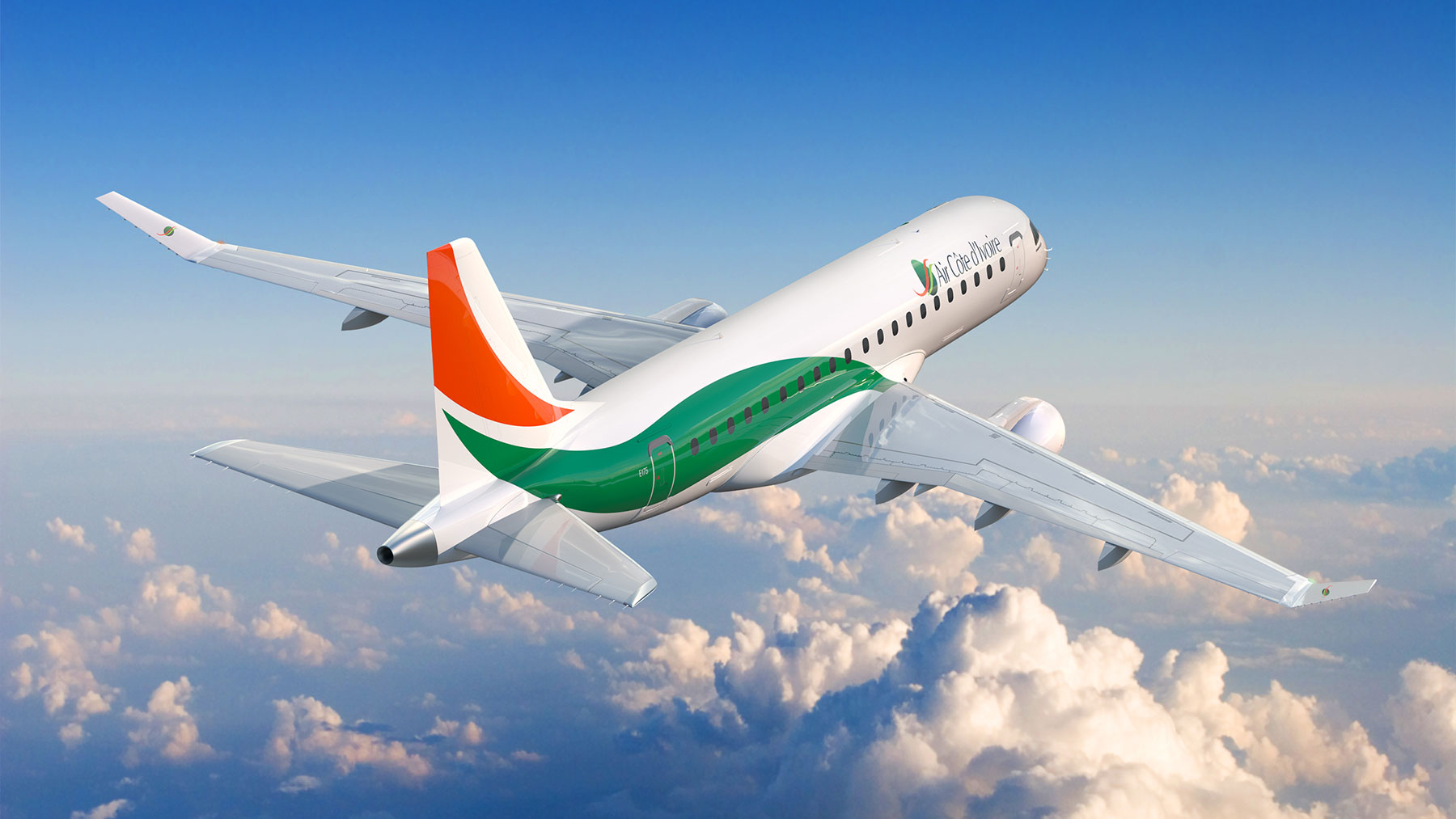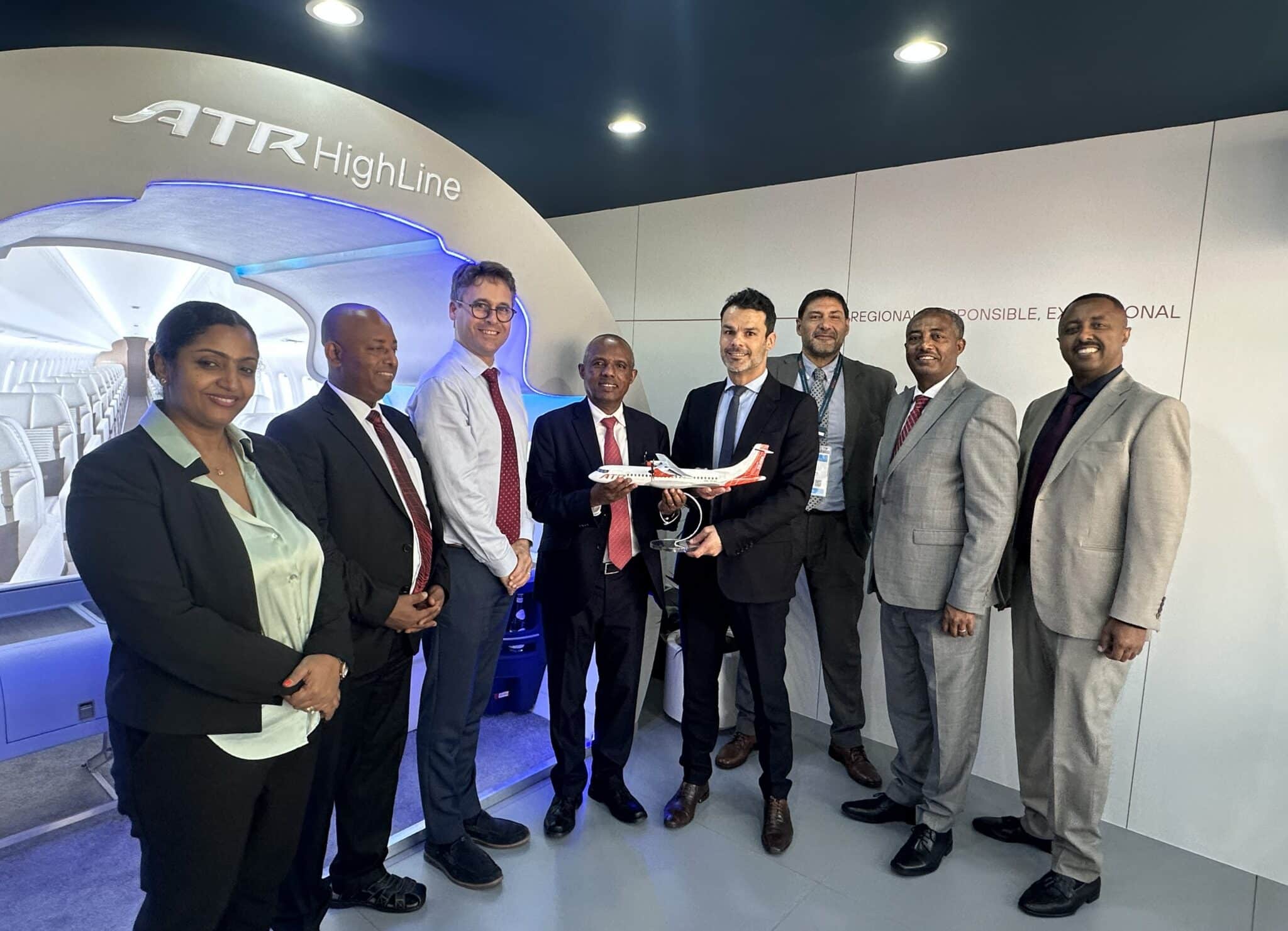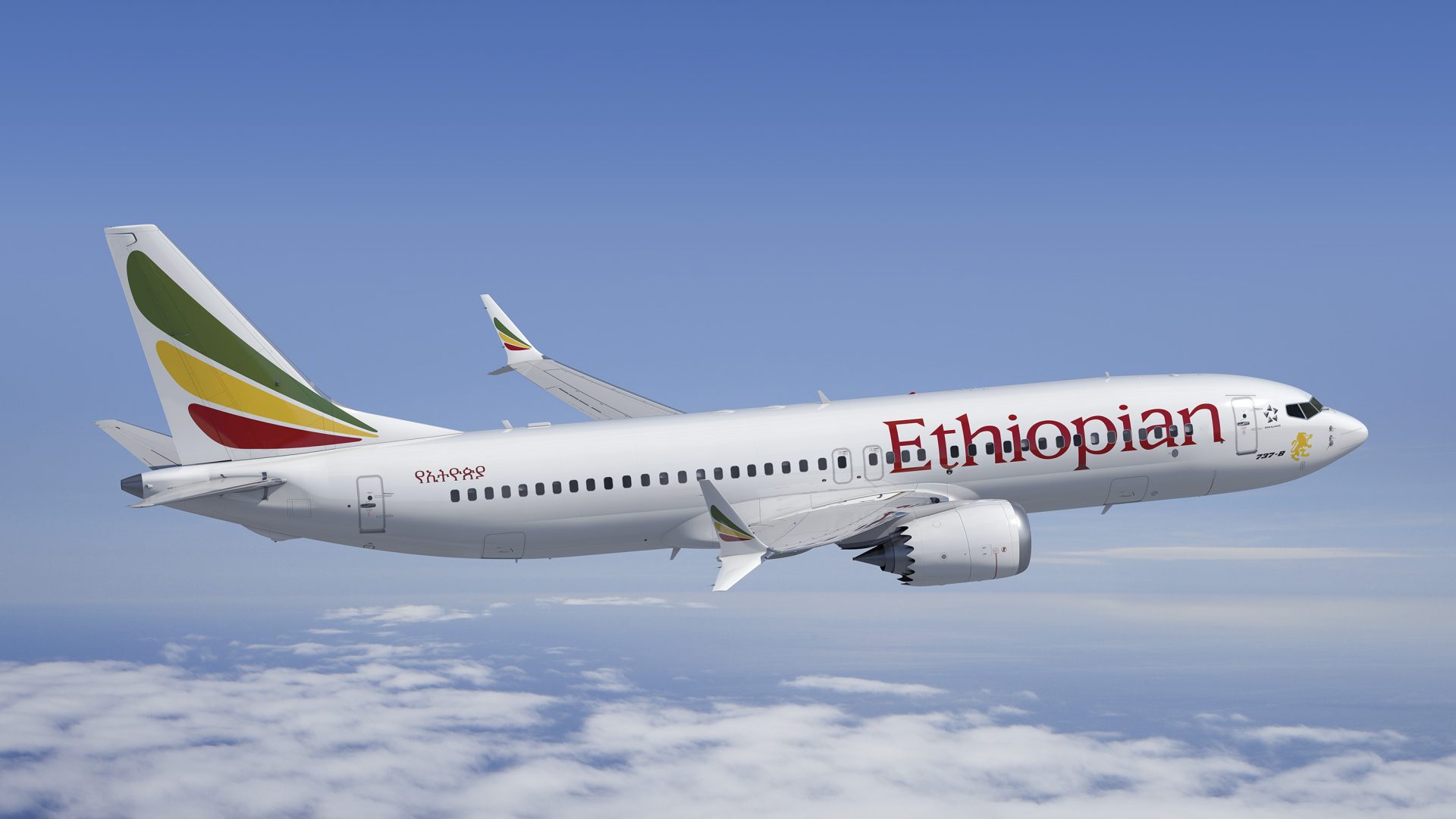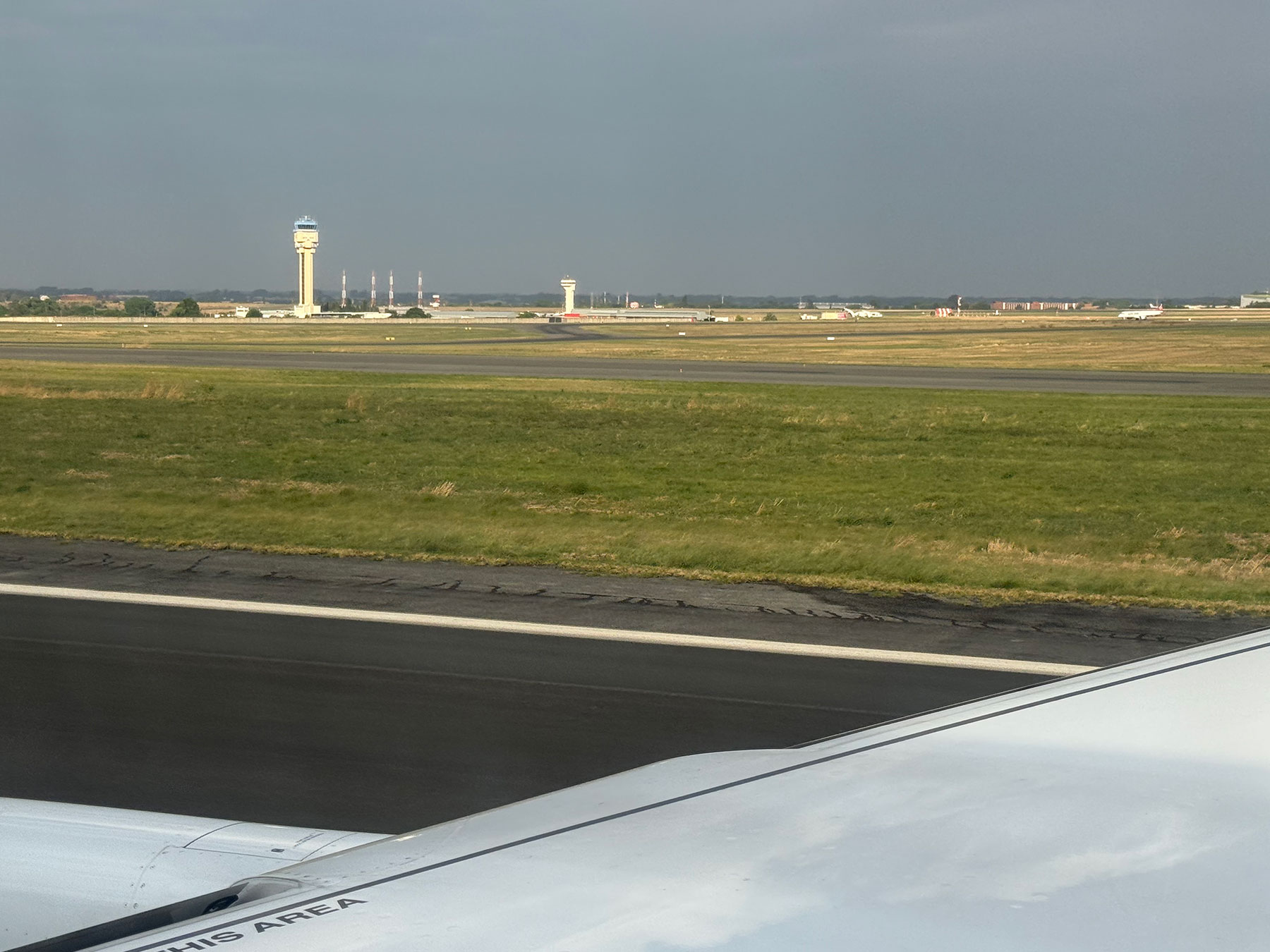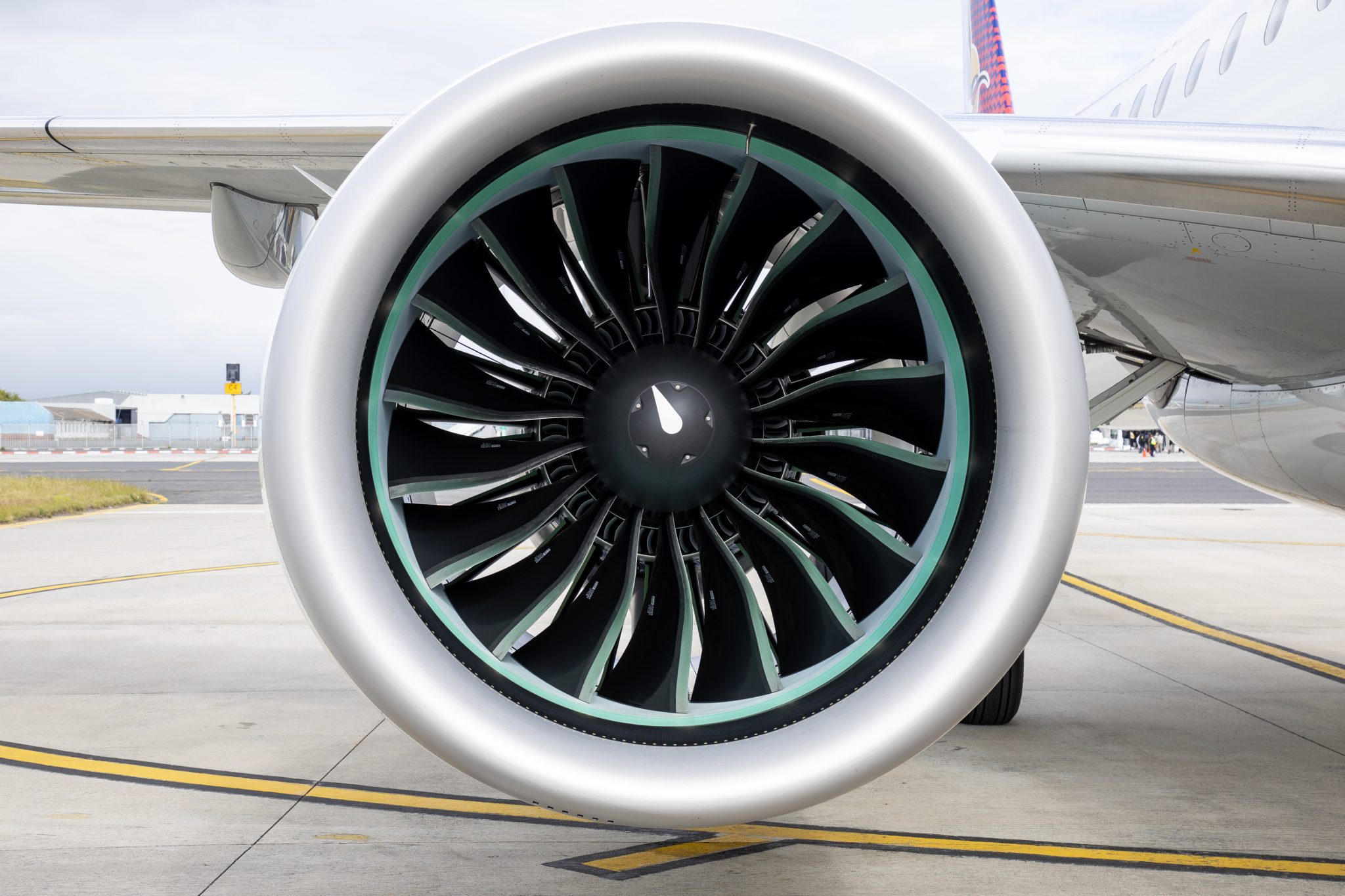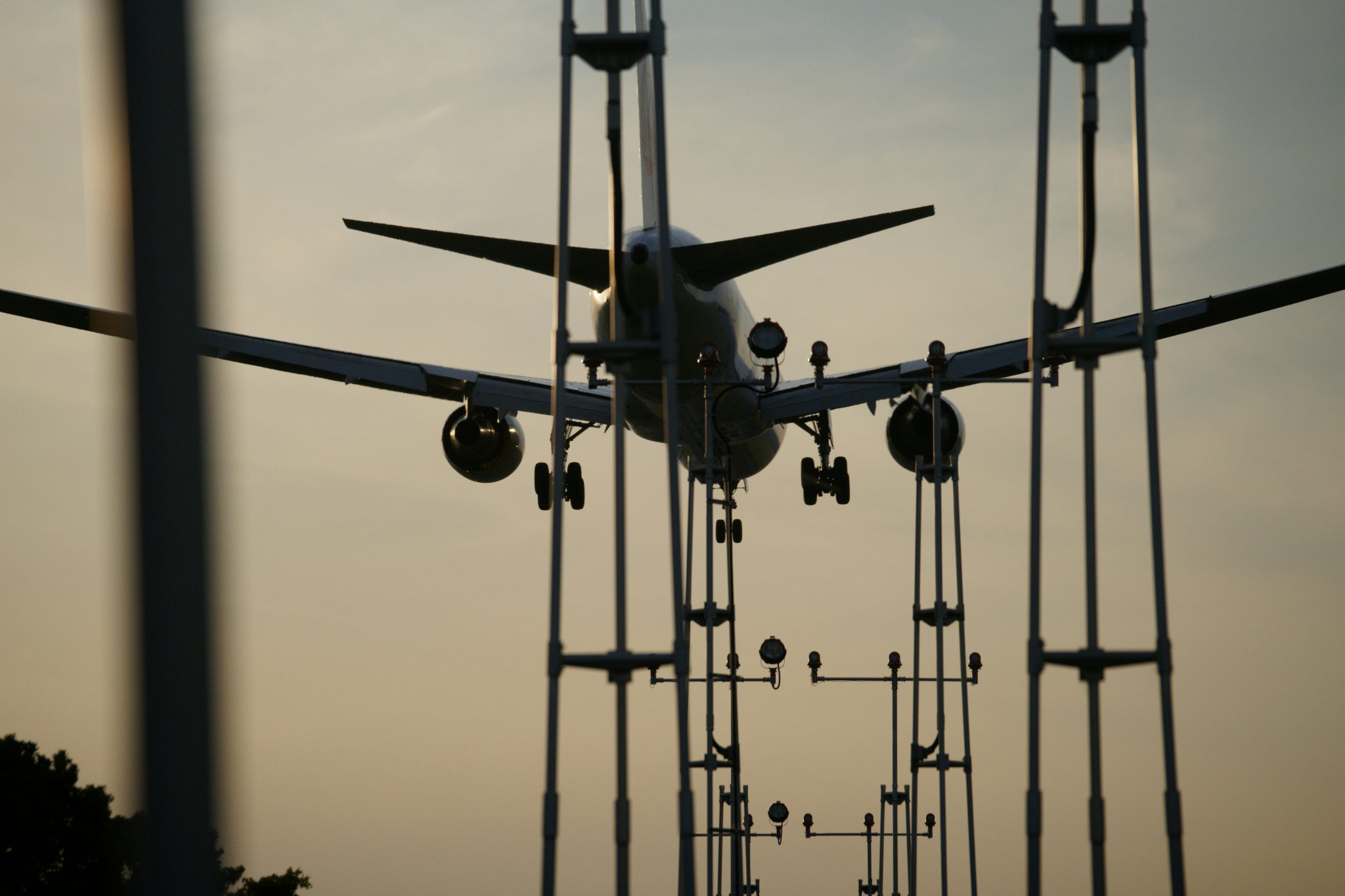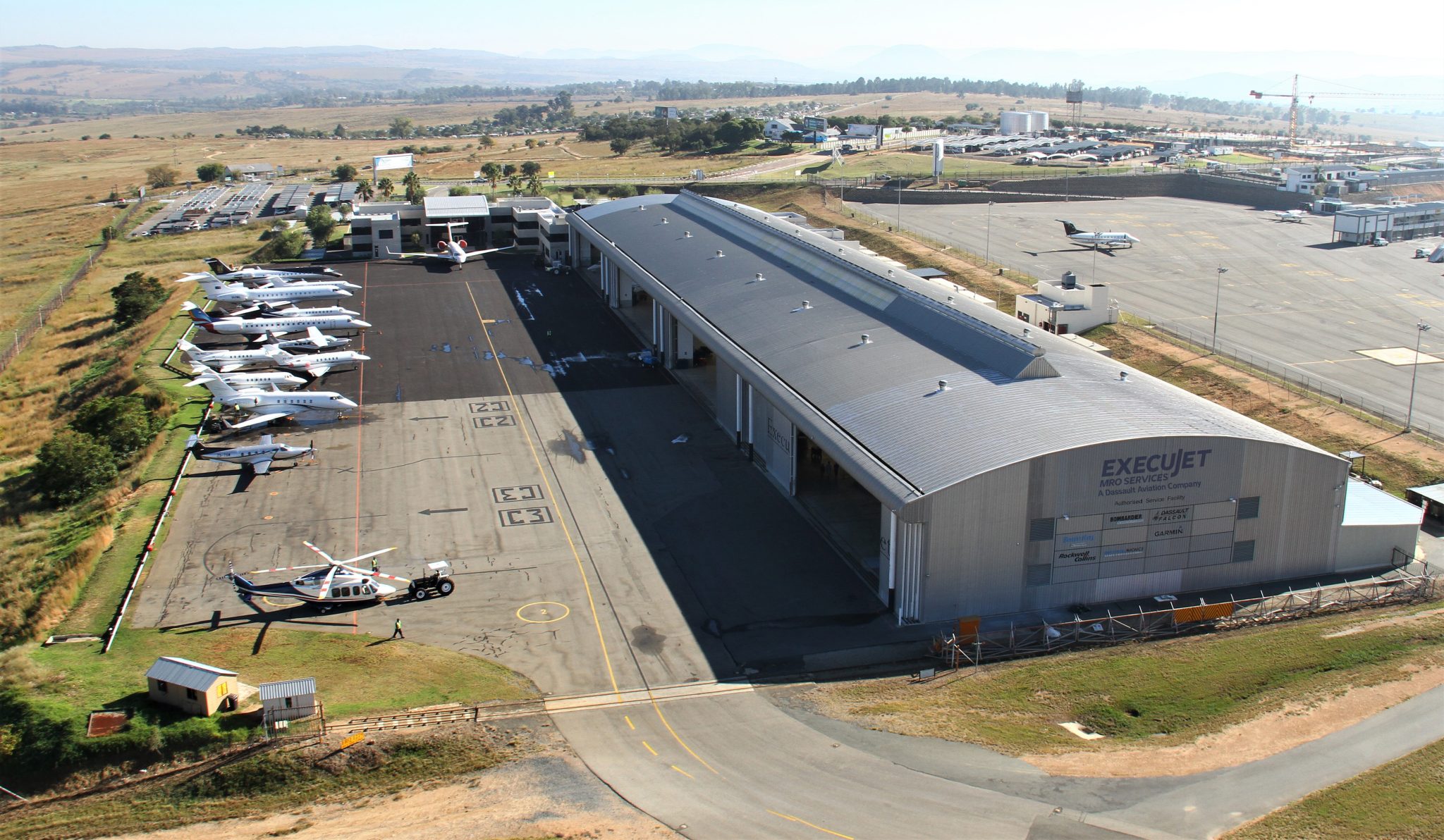More than 100,000 aircraft crisscross airspace every day. Passenger jets, cargo freighters, private planes, and drones form an invisible yet intricate ballet. With this high amount of traffic every single second of the day, a well managed system has to be carefully managing this behind the scenes. At the heart of this choreography is Air Traffic Management (ATM), a network of systems and professionals working tirelessly to keep our skies safe, efficient, and responsive.
But behind the curtain of seamless operations lies a critical truth: much of the infrastructure powering modern aviation is aging—and in many cases, failing. With air travel forecasted to grow 6.2% annually, modernisation isn’t just a goal, it’s an imperative. We took a look at ATM, how it is evolving and whether it is evolving at a rapid enough pace to keep up with the pressure put on the skies.
ATM is Shifting to Digital
For decades, air traffic control has relied on radar, voice radio, and point-to-point navigation to direct aircraft. But today’s ATM modernisation efforts are reshaping that legacy architecture, pivoting toward a digitally integrated, satellite-guided future. The transition is defined by four core technological pillars:
1. Automatic Dependent Surveillance-Broadcast (ADS-B):
A game-changing surveillance technology, ADS-B allows aircraft to broadcast their precise GPS-based location, speed, and altitude in real time—not just to air traffic control (ATC), but to other nearby aircraft. This shared situational awareness reduces collision risk, especially in congested airspace or blind zones.
2. Datalink Communications:
Replacing garbled radio transmissions, datalink enables pilots and controllers to exchange clear, text-based instructions. This minimises miscommunication, reduces frequency congestion, and sets the stage for more automated and asynchronous control strategies.
3. Satellite-Based Navigation (GNSS):
Ground-based beacons are giving way to satellite guidance. Global Navigation Satellite Systems allow for highly precise routing, enabling aircraft to fly optimal trajectories, shorter, straighter, and more fuel-efficient.
4. Trajectory-Based Operations (TBO):
A transformative operational concept, TBO envisions aircraft flying predetermined 4D trajectories (including time). This allows for more predictable air traffic flows, reducing holding patterns, delays, and fuel burn.
Europe and the US Are Currently Leading the Pack
Modernisation is not a uniform process, it unfolds through regional strategies. Two flagship programs leading the charge are:
- NextGen (United States): Spearheaded by the FAA, NextGen is a multi-decade effort to overhaul the U.S. ATM system. It integrates technologies like ADS-B and Performance-Based Navigation (PBN) while enhancing weather prediction and airport surface operations.
- SESAR (Europe): The EU’s Single European Sky ATM Research program brings together public and private stakeholders to optimise European airspace, introduce system-wide information sharing, and deploy Free Route Airspace, allowing aircraft to fly direct routes.
Supporting these programs are accelerators like CLEAN ATM, which promotes rapid adoption of ATM functionalities across European member states.
The Green Skies Imperative
Modern ATM systems don’t just aim to improve safety and capacity, they’re also vital tools in the fight against aviation’s environmental impact. Aircraft emit less CO₂ when they fly optimised trajectories without delays or unnecessary altitude changes. Modern ATM helps reduce contrails, cuts taxi time on the ground, and encourages the integration of Sustainable Aviation Fuels (SAFs) through better fuel planning.
It’s estimated that ATM modernisation could cut global aviation emissions by up to 10% annually, simply by eliminating inefficiencies. When coupled with SAFs and electrification, the impact is even more profound.
Progress is Painfully Slow and Will Take Years
Despite ambitious goals, the reality on the ground (and in the sky) is more sobering. The FAA’s 2023 operational risk assessment uncovered 105 systems deemed unsustainable or at risk, including 17 with critical safety implications. Shockingly, some systems—like a 50-year-old air traffic control core—aren’t even on the agency’s modernisation roadmap.
The GAO highlighted a series of gaps:
- Delayed Timelines: Some modernisation projects won’t be complete until 2035, far too late given system degradation.
- Poor Oversight: The FAA’s oversight council failed to monitor high-risk investments or review necessary documentation.
- Lack of Accountability: Several programs took 6+ years to establish baselines for cost, scope, and timelines—hindering transparency and control.
The Human Factor: Balancing Automation and Expertise
Technology is only part of the equation. Air traffic controllers, for example, remain irreplaceable. No matter how advanced the software, emergencies, human behaviour, and weather still require judgment calls only experienced controllers can make.
Training controllers to work with modern tools, not against them, is paramount. New interfaces, predictive analytics, and AI decision support systems must be intuitive and stress-tested under pressure.
Where Do We Go From Here?
The FAA, with support from Congress, must act on the GAO’s seven key recommendations, including fast-tracking modernisation for the most critical systems and strengthening investment oversight.
ATM modernisation is not a luxury, it’s a necessity. As skies grow busier, sustainability more urgent, and passengers more reliant on aviation, modern air traffic control will be the backbone of global mobility.
The clock is ticking. In the digital age, the sky is no longer the limit—it’s the next frontier.
